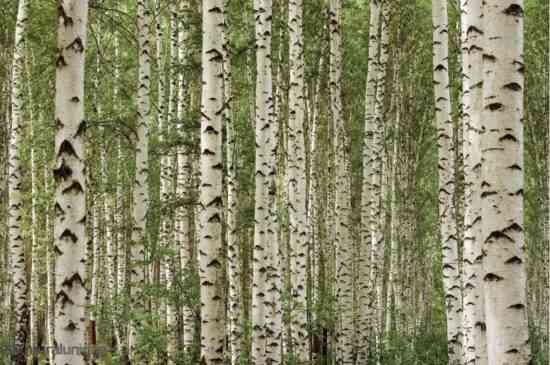Birch — a widespread tree that occupies an important place in traditional Slavic culture. Various parts of this common tree are still widely used in traditional medicine, and the image of a slender birch is an integral part of many pastoral landscapes.
Interesting facts about birch
- The hardest in the world the tree refers specifically to birches — This is the Schmidt birch. It is so strong that it is simply impossible to cut it down with an ordinary ax, and special equipment is required for its processing (interesting facts about trees).
- Birch is the most common tree all over the world.
- In total, there are about a hundred different types of birch.
- The height of a dwarf birch usually does not exceed one and a half meters.
- Birch seeds — very small and light. About five thousand seeds weigh only one gram.
- The branches of the «female» trees grow sideways, while the male — «up».
- When burning, birch firewood practically does not emit soot.
- One of the famous Faberge eggs is made of Karelian birch wood.
- In spring, an adult birch can produce up to 4-5 liters of birch sap, tasty and healthy.
- Birches grow on all continents except Antarctica (interesting facts about Antarctica).
- Birch is used in heraldry more often than most other trees.
- Tar, which is widely used in the cosmetic industry and in medicine, is obtained in the process of processing birch bark.
- The oldest and most powerful birches can grow up to 40 meters in height, while having a trunk girth near the base of up to one and a half meters.
- This tree is remarkably adaptable — it can grow both in a swamp and in a rocky desert.
- Birches are found even beyond the Arctic Circle.
- Some mushrooms grow only near birches, since their mycelium is in symbiosis with the roots of this tree.
- Birch branches in the villages are still harvested as fodder for the winter for livestock.
- Some peoples of the Far North use birch bark to construct traditional boats.
